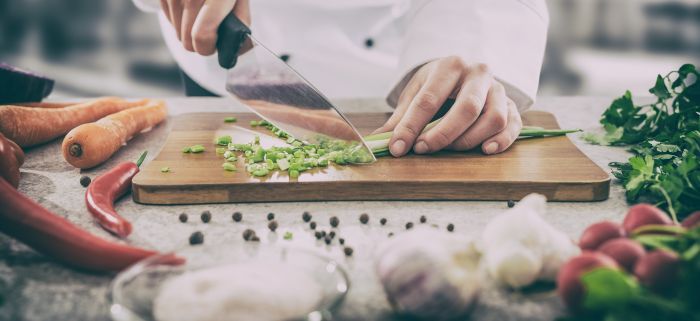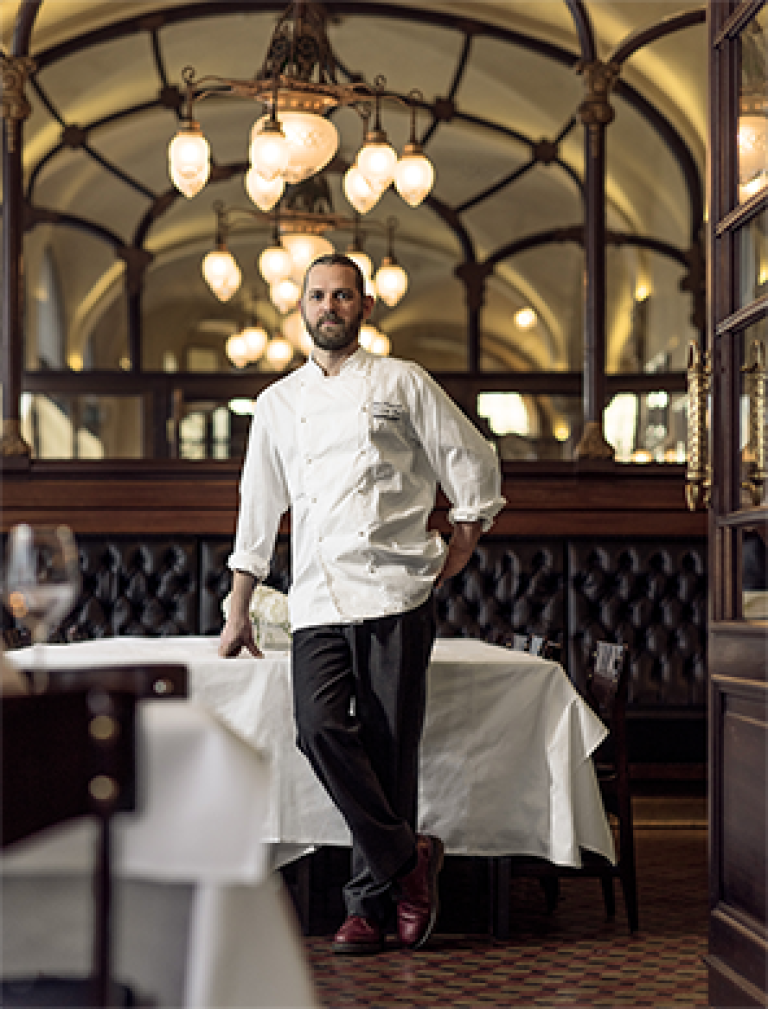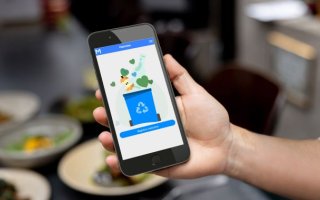How Can We Limit Food Waste?
"How can we practically limit waste and operate more sustainably?" is one of the questions we often encounter and for which we have an effective solution. The question reflects a positive desire among Scandinavian businesses to operate in a way that protects the environment. However, many are still unstructured in their purchasing and inventory management – both for their own sake and for the environment's.

Food Waste is a Well-Known Problem
This is something most people can relate to even in their own households. You don't manage to use everything you've bought, or you don't use the items as intended. The result is visible in the trash bin. This was also the case for Hotel Continental in Oslo.
There was quite a bit of food ending up in the trash, both from food production and from guests' plates. Therefore, we felt we had to do something, and the solution became a combination of focusing on purchasing through Millum Procurement - and membership in Cut Food Waste 2020. Now we've managed to reduce food waste from 135 grams per guest to 100 grams per guest, which corresponds to 35 kg for 1,000 guests. It's about making clear choices and using tools like Menu Bank from Millum in a good and smart way. Head Chef at the restaurant Theatercaféen, Hotel ContinentalStig Drageide

Active Use of Purchase History
The collaboration between the purchasing organization Nores and Millum dates back as far as 2005, and the agreement provides Nores members access to the Nores purchasing portal. Nores member Hotel Continental contacted Millum to see how the purchasing tool could help them, and the CEO of Millum, Bjørn Anskau, quickly saw the value Hotel Continental could gain from the main product, Millum Procurement.
This is a purchasing portal where you can gather all information about every purchase you make from your contracted suppliers, and thus get the overview and control you need. You can actively use your purchase history to make more accurate purchases – and also set up regular shopping lists based on the quantity of ingredients you know a dish requires. You can also more easily calculate when you need to make new purchases, thus gaining more control over inventory. CEO of MillumBjørn Anskau
Detailed Calculation of Each Ingredient
Hotel Continental started using Millum Procurement, which at Nores is called "Buy at Nores," and hasn't regretted it. Particularly, the ability to detail the quantities of ingredients needed for various recipes and menus is effective. This is a module called Menu Bank.
Menu Bank is a very good tool. We can input any recipe with ingredients from our suppliers, specify the number of portions to be made, get an overview of allergens, and receive a calculation and shopping list based on this. This means we make far more accurate purchases for each dish. In total, this results in significant reductions in food waste – and money. By using the calculations, I know the cost of all dishes and can easily make the right decisions regarding selling prices.Stig Drageide
Menu Bank also provides an overview of all allergens, nutritional content, as well as the recipe's cost price – per portion – and thus the possibility to calculate a good selling price.
This is the very reason we use Menu Bank and calculate all the dishes.Stig Drageide






